why caulking supply boxes doesn't work
energy_rater_la
9 years ago
Related Stories
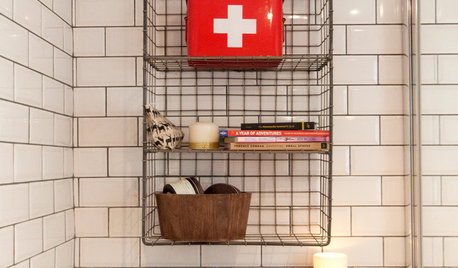
LIFEYour First-Aid, Emergency and Medical Supply Checklist
Don’t wait until you need them to stock your first-aid kit and emergency stash. Here’s what to get and where to keep it
Full Story
LIFEGet the Scoop on High-Design Litter Boxes
Unavoidable doesn't have to mean unpleasant; cats and guardians alike will purr over these terrific design solutions for the litter box
Full Story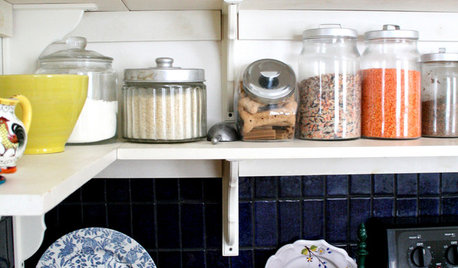
KITCHEN DESIGNDisplaying Kitchen Supplies — Hot or Not?
Do some kitchens just beg for a cozy row of canisters and gear for all to see? Have a look and let us know what you think
Full Story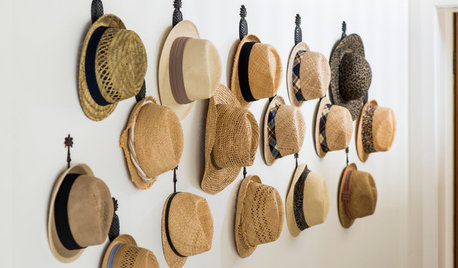
STORAGEHat Storage: Don’t Get Bent Out of Shape
From boxes to hooks, we look at ways to keep your lid on straight in time for summer hat season
Full Story
TASTEMAKERSModko Litter Boxes Address the Mess
A design duo has reinvented the much-maligned cat box, with an award-winning result
Full Story
ENTERTAININGGenius Home Prep: A Guest Room in a Box
No dedicated guest room? Make hosting overnighters easier by keeping the essentials in one place
Full Story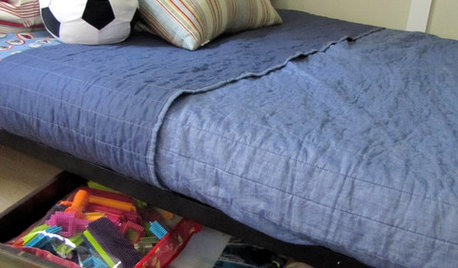
ORGANIZINGOutside the Box: 18 Unconventional Storage Solutions
You might never think to use household standards in creative ways like these, but you’ll be glad we did
Full Story
PRODUCT PICKSGuest Picks: Shadow Box Art
Ready made with art or ready to hold your favorite mementos, these shadow boxes put creativity in the spotlight
Full Story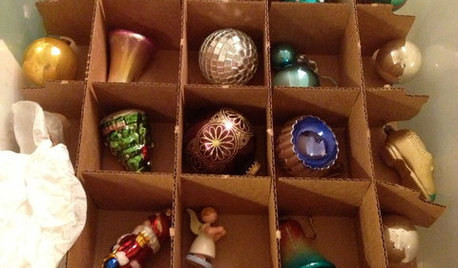
HOLIDAYSChristmas Cleanup Tips for the Not Naturally Organized
Dreading the postholiday chores? First let yourself unwind. Then grab some boxes, a few supplies and this easy guide
Full StoryMore Discussions






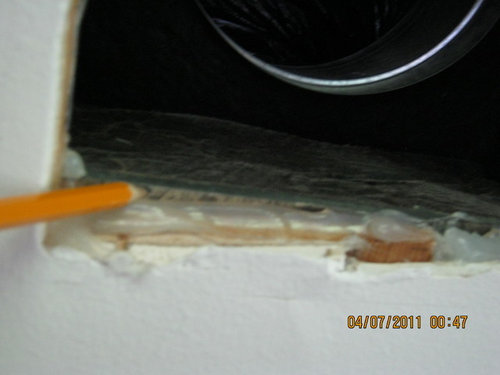

energy_rater_laOriginal Author
energy_rater_laOriginal Author
Related Professionals
Attleboro Solar Energy Systems · Belleville Solar Energy Systems · Cheshire Solar Energy Systems · East Lake Solar Energy Systems · New Canaan Solar Energy Systems · Torrington Solar Energy Systems · Fort Bragg Home Automation & Home Media · Lenexa Home Automation & Home Media · Los Alamitos Home Automation & Home Media · Oak Lawn Home Automation & Home Media · Ocala Home Automation & Home Media · Weatherford Home Automation & Home Media · East Cleveland Home Automation & Home Media · Ashland Electricians · Centennial Fireplacesklem1
energy_rater_laOriginal Author
klem1